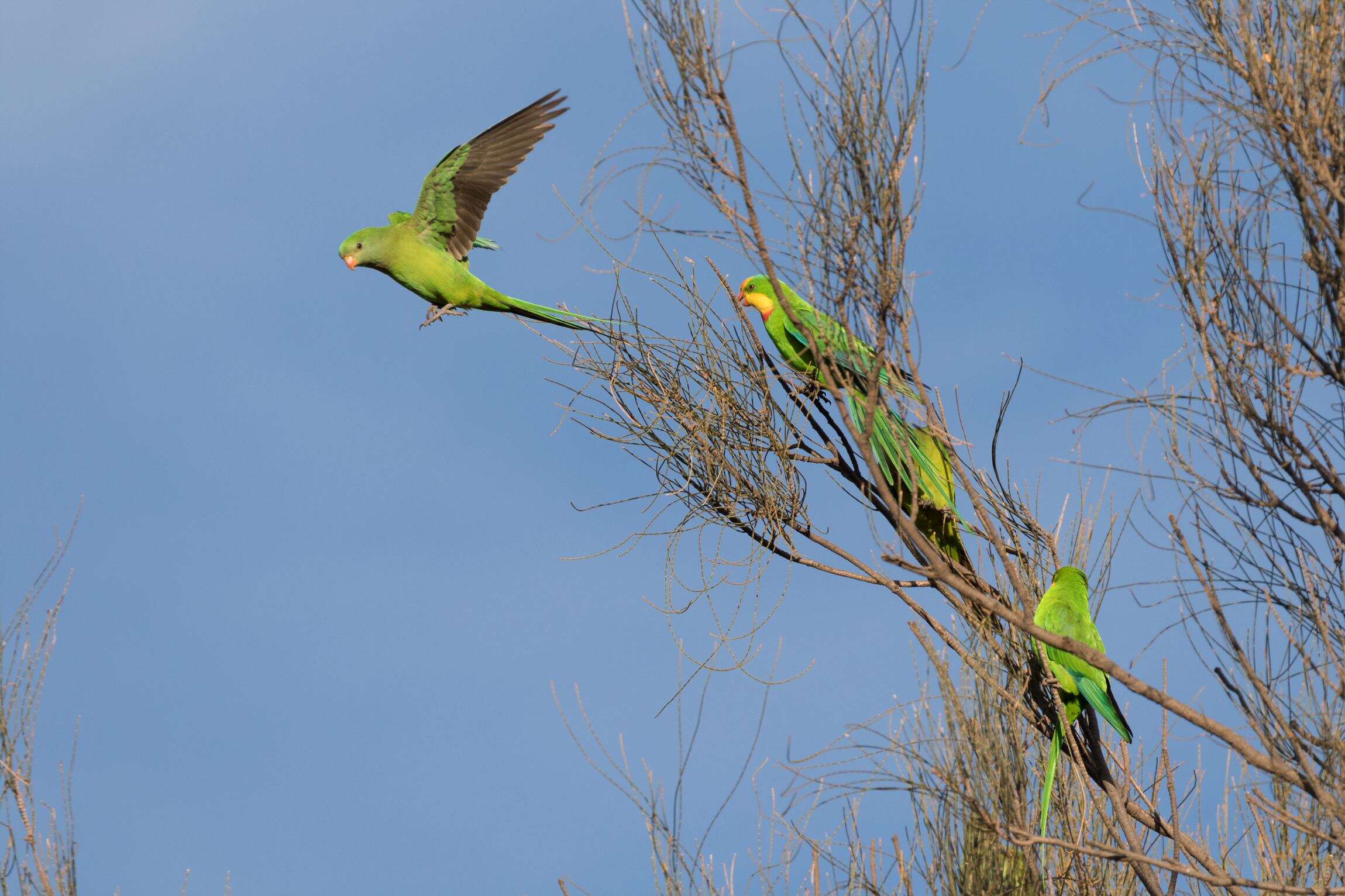Whether, constructed or living, shelterbelts provide multiple benefits, from protecting the traveling public to creating livestock ponds. Wind breaks and snow fences. Windbreaks, sometimes called shelterbelts, can also function in ways not related to wind reduction. These vegetative barriers are made up of trees, shrubs and/or grasses planted to provide shelter from the wind and to protect against soil erosion. They are planted around the edges of fields.
They can also be used to improve the health of the soil, stop soil erosion, and. Shelterbelts save energy, provide wind protection for farmsteads and livestock areas, and control snow accumulation. The conservation reserve program (crp) provides farmers and. One of the strengths of shelterbelts is that a multitude of local tree species can be used. Shelterbelts can thus be planted in most settings, provided that land is available.
Palo Alto Rentals: Your Affordable Luxury Option (650-473-3000)
Greece Accident: Questions That Will Leave You Speechless
Is Taylor Swift Heading To Philadelphia For A 2025 Concert?
